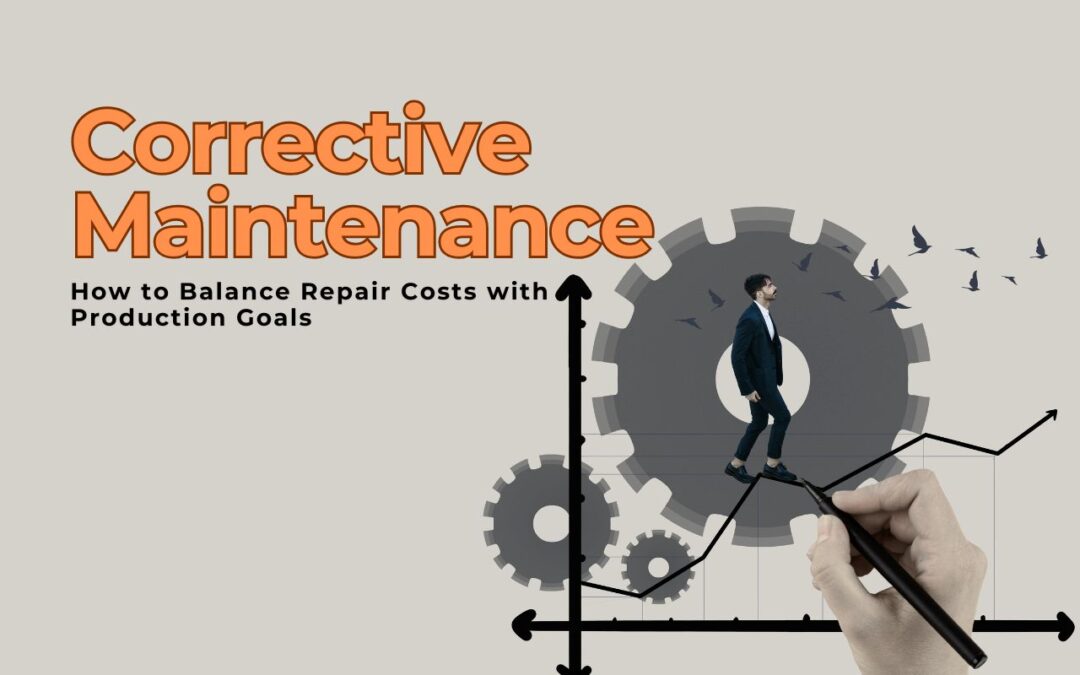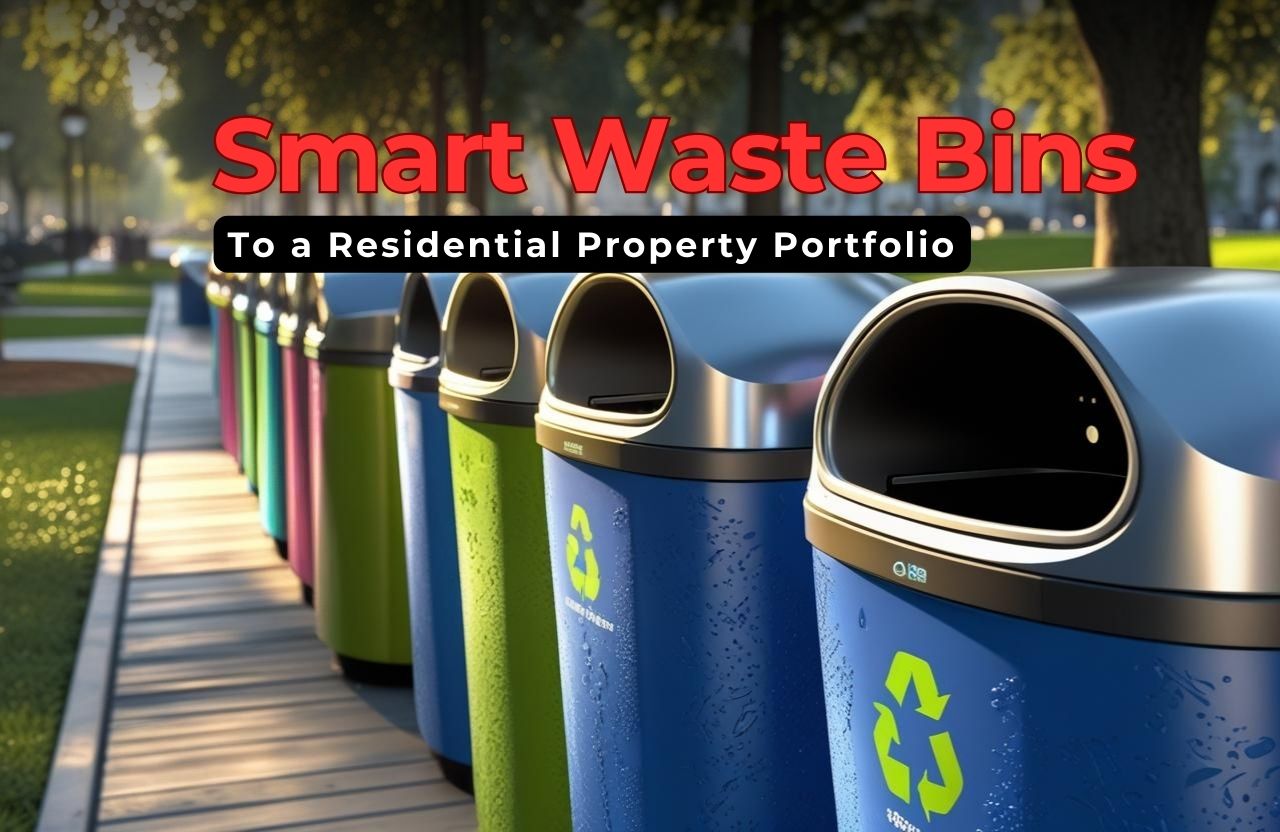In modern manufacturing and industrial environments, achieving the right balance between repair costs and production goals is crucial for sustaining profitability, productivity, and equipment reliability. Corrective maintenance plays a key role in this balance, as it addresses equipment failures that can disrupt operations and lead to costly downtime. However, when corrective maintenance is not managed effectively, it can significantly impact a company’s bottom line.
This blog will explore how to schedule corrective maintenance efficiently to minimize repair costs while meeting production goals. We’ll look at key strategies, industry best practices, and real-world examples that demonstrate how businesses can find the sweet spot between necessary repairs and production demands.
What is Corrective Maintenance?
Corrective maintenance (often called reactive maintenance) refers to the unplanned repairs or actions taken after a machine, equipment, or system has failed or is experiencing issues. Unlike preventive maintenance, which aims to prevent breakdowns before they happen, corrective maintenance addresses problems as they arise.
Examples of corrective maintenance include:
- Replacing a broken conveyor belt motor
- Fixing a malfunctioning hydraulic system
- Repairing a damaged pump
Corrective maintenance often results from unexpected equipment breakdowns, which can lead to production delays, lost revenue, and additional costs such as labor, parts, and expedited shipping. However, despite these challenges, corrective maintenance is sometimes necessary to ensure that operations continue smoothly after an unexpected failure.
The Challenge: Balancing Repair Costs with Production Goals
While corrective maintenance is essential to maintaining equipment performance, it poses a unique challenge: how to balance the costs of repair with the need to meet production goals. In many industries, production schedules are tight, and any downtime—planned or unplanned—can lead to missed deadlines, decreased customer satisfaction, and lost profits.
Here’s a closer look at the challenges associated with corrective maintenance scheduling:
1. Unplanned Downtime
Corrective maintenance is inherently reactive, and machinery often breaks down without warning. This unexpected downtime can halt production lines, impacting overall output and resulting in lost revenue. The longer the downtime, the more expensive the repair becomes due to:
- Additional labor costs
- Need for emergency part sourcing (often at a premium)
- Delays in meeting customer demand
2. Increased Repair Costs
Unplanned repairs are generally more expensive than preventive maintenance. When equipment fails, businesses often need to source spare parts quickly, hire overtime labor, and possibly expedite shipping. All of this adds up to higher costs, which can erode profitability if not managed effectively.
3. Balancing Urgent Repairs with Production Needs
Scheduling corrective maintenance without disrupting ongoing production processes is a delicate balancing act. If repairs are performed too late, they might result in more severe damage and longer downtimes. However, if repairs are performed too soon, before they’re absolutely necessary, it can lead to unnecessary costs and wasted resources.
So, how can companies ensure that corrective maintenance doesn’t disrupt production goals while also keeping repair costs in check?
Key Strategies for Optimizing Corrective Maintenance Scheduling
1. Prioritize Maintenance Based on Criticality
Not all equipment is equally important to the production process. Some machines or systems are essential for the smooth operation of the entire plant, while others may have less critical functions. A strategic way to approach corrective maintenance scheduling is to prioritize repairs based on the criticality of the equipment.
This can be achieved through a criticality assessment, which ranks equipment based on factors such as:
- Impact on production: If the machine goes down, how severely will it impact overall output?
- Safety risks: Will the failure of the equipment pose a safety hazard to operators or the facility?
- Repair costs: What is the cost to repair the machine if it breaks down?
- Frequency of failure: How often does the equipment experience breakdowns?
For example, a breakdown in a key production machine like an injection molding press will have a higher priority for immediate repair than a malfunctioning office printer. High-criticality assets should be repaired first to minimize operational disruptions, while low-criticality assets can be scheduled for repair during off-hours or non-peak production periods.
2. Use Historical Data to Predict Failure Patterns
While corrective maintenance is reactive by nature, businesses can still leverage historical data and failure analysis to optimize scheduling. By reviewing past maintenance records and failure incidents, companies can identify trends in equipment malfunctions. Common causes of breakdowns can include:
- Excessive wear and tear
- Lack of lubrication
- Operator misuse
- Poor maintenance practices
Failure trend analysis can reveal the types of issues that arise most frequently, allowing companies to predict future failures and prepare accordingly. For instance, if an industrial pump frequently fails due to worn-out seals, maintenance teams can preemptively replace seals during scheduled downtimes, reducing the likelihood of an emergency repair situation.
Moreover, companies can use predictive maintenance tools like vibration sensors, temperature monitoring systems, and real-time data analytics to track asset health and identify warning signs of failure before they occur. These tools can help detect early signs of malfunction, reducing the need for reactive maintenance.
3. Integrate Corrective Maintenance into Production Schedules
In an ideal world, corrective maintenance would never interfere with production schedules. However, in reality, it’s challenging to avoid downtime when equipment breaks. Strategically integrating corrective maintenance into existing production schedules can minimize the impact of unexpected repairs.
Here are a few tips to achieve this:
- Schedule maintenance during low-demand periods: Conduct repairs during off-peak hours, weekends, or scheduled breaks when the plant is not operating at full capacity. For example, repair operations can be planned during lunch shifts or before the start of the next production cycle.
- Coordinate with production managers: Work closely with production planners to understand the production cycle and plan corrective maintenance during non-critical times. For example, if a machine failure occurs during an ongoing production run, it may be more cost-effective to wait for a scheduled shift change rather than interrupting the production flow immediately.
- Create maintenance windows: Develop regular windows of time for both corrective and preventive maintenance. For instance, machines that have high failure rates can be included in these windows for minor repairs, so major breakdowns are less likely to occur during critical production periods.
Integrating corrective maintenance into production schedules can help reduce unplanned downtime while ensuring that repairs are conducted efficiently without disrupting operations.
4. Invest in Rapid Troubleshooting and Training
The quicker the maintenance team can diagnose and address a failure, the less downtime there will be. Investing in employee training and ensuring that technicians are well-equipped with the necessary tools and knowledge can reduce the mean time to repair (MTTR).
Training should cover:
- Troubleshooting techniques: Ensuring technicians can diagnose problems quickly and accurately.
- Use of diagnostic tools: Leveraging modern technologies such as vibration sensors, infrared thermography, and advanced analytics to pinpoint failures.
- Best practices for repairs: Efficient repair strategies that focus on minimizing downtime and resources.
Additionally, having a dedicated team of maintenance engineers who specialize in the most critical pieces of equipment can speed up response times and ensure higher-quality repairs. This can be especially useful in industries with high equipment complexity, such as automotive manufacturing or chemical processing.
5. Monitor Key Performance Indicators (KPIs)
Tracking key performance indicators (KPIs) is essential for understanding the effectiveness of your corrective maintenance scheduling. By monitoring KPIs, companies can identify areas for improvement and optimize their processes. Some important KPIs to track include:
- Mean Time to Repair (MTTR): The average time it takes to repair a machine from the moment it breaks down to the moment it is fully operational.
- Downtime per incident: The amount of production lost due to each breakdown event.
- Repair costs: The total cost of each corrective maintenance event, including parts, labor, and emergency services.
- Asset reliability: The number of breakdowns per unit of time, which can provide insights into equipment reliability.
By tracking these KPIs, businesses can assess their corrective maintenance performance, determine if there’s excessive downtime or repair costs, and refine their scheduling processes.
6. Combine Corrective Maintenance with Preventive Measures
Corrective maintenance should not exist in isolation. Incorporating preventive maintenance into your overall maintenance strategy can help reduce the frequency and severity of corrective maintenance events. Preventive maintenance involves tasks like routine inspections, lubrication, parts replacements, and cleaning designed to identify and address potential problems before they lead to equipment failure.
For example, if a pump has a known history of seal degradation, a preventive maintenance schedule that includes periodic seal inspections and replacements will help reduce the likelihood of unexpected breakdowns.
By integrating corrective maintenance with preventive maintenance practices, companies can extend the life of their equipment, reduce repair costs, and avoid unnecessary downtime.
Real-World Example: Balancing Act in Action
Let’s consider a packaging facility that regularly faces equipment breakdowns on its conveyor belt system. Unplanned downtime has become a significant problem, affecting production schedules and leading to delays in fulfilling customer orders. The facility needed to identify how to manage these breakdowns without sacrificing production efficiency.
Solution:
- The team analyzed maintenance logs and discovered that 80% of the breakdowns were due to the failure of the drive motor.
- They pre-ordered key replacement parts to ensure availability during a breakdown.
- The team implemented a strategy where minor repairs, like cleaning or replacing belts, were done during lunch breaks or scheduled downtime.
- Technicians were trained in basic troubleshooting to diagnose issues faster and avoid the need for external specialists.
- The facility also used a CMMS (Computerized Maintenance Management System) to track equipment condition and maintenance history.
Result: The facility reduced corrective maintenance costs by 30% and cut downtime by 40%, leading to increased production capacity and reduced delivery delays.
Conclusion
Corrective maintenance scheduling is a critical aspect of any business’s maintenance strategy. While unplanned equipment failures are inevitable, a well-thought-out corrective maintenance plan can significantly reduce the impact of these events on production goals and repair costs.
By prioritizing equipment based on criticality, leveraging historical data to predict failures, coordinating with production schedules, training maintenance staff, and monitoring KPIs, businesses can create a balanced, efficient approach to corrective maintenance. Furthermore, integrating preventive maintenance practices into corrective strategies helps extend equipment life, reduce breakdowns, and optimize overall maintenance costs.
With the right approach, companies can minimize downtime, keep repair costs in check, and ensure that production goals are met on time and within budget.













